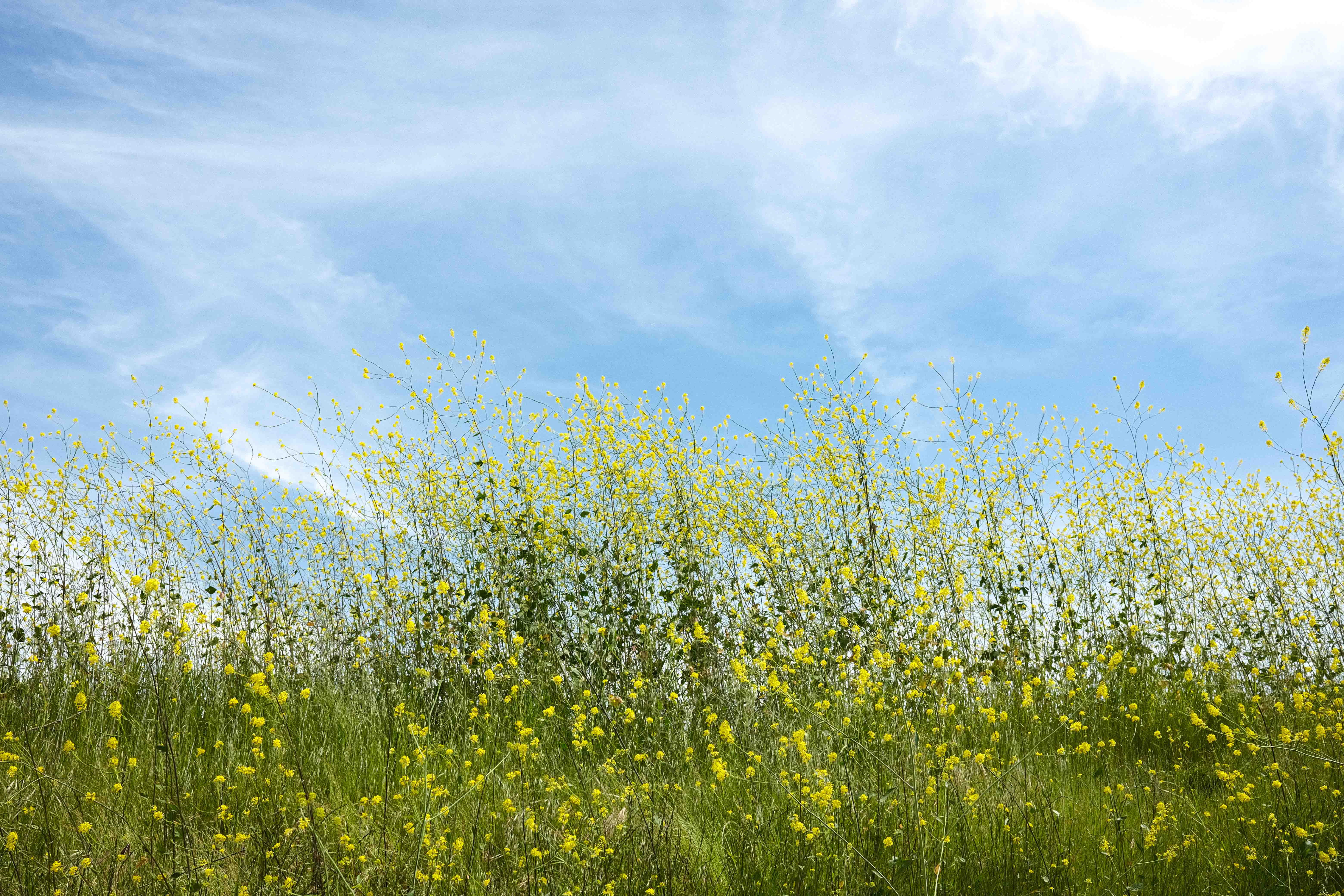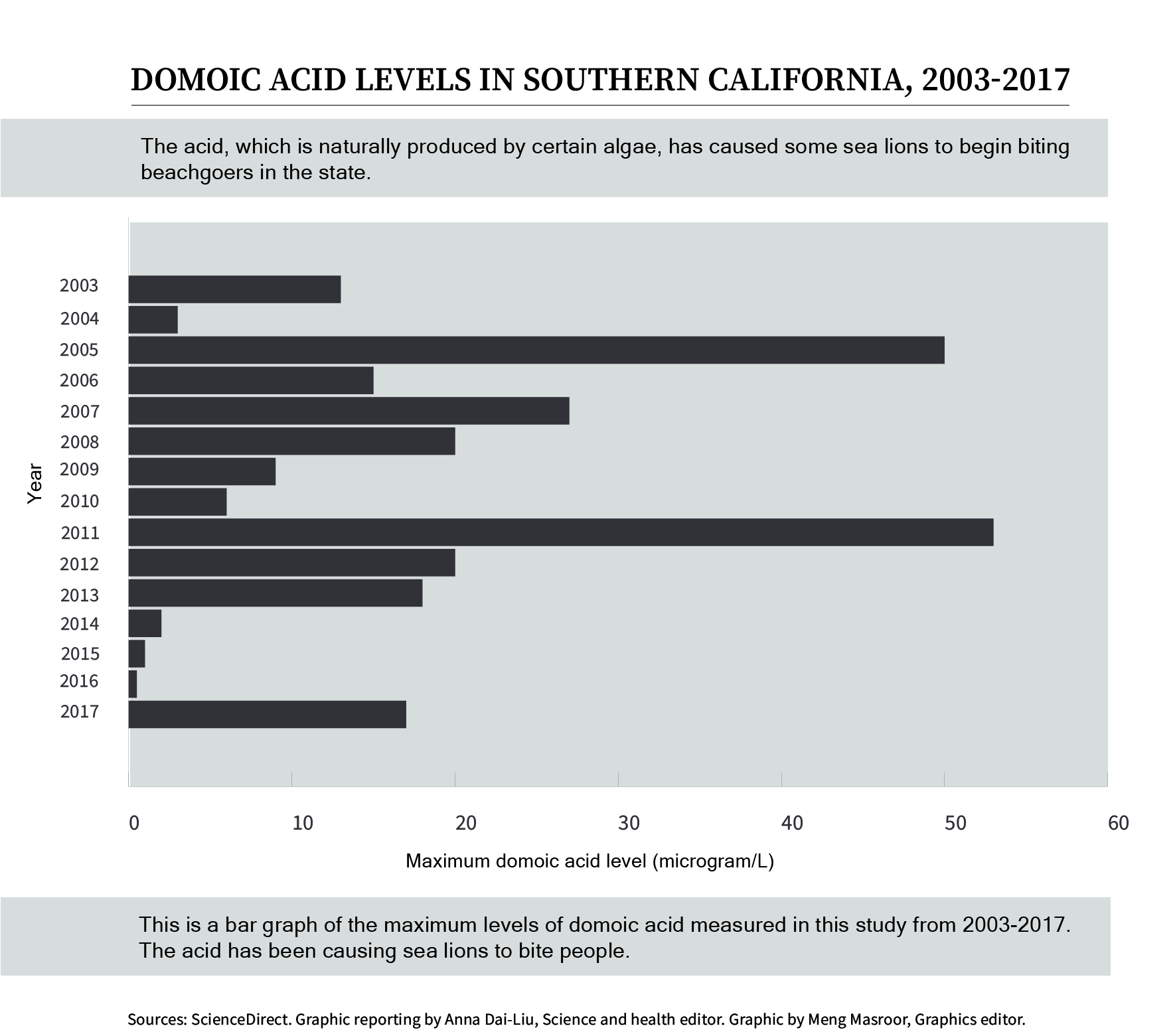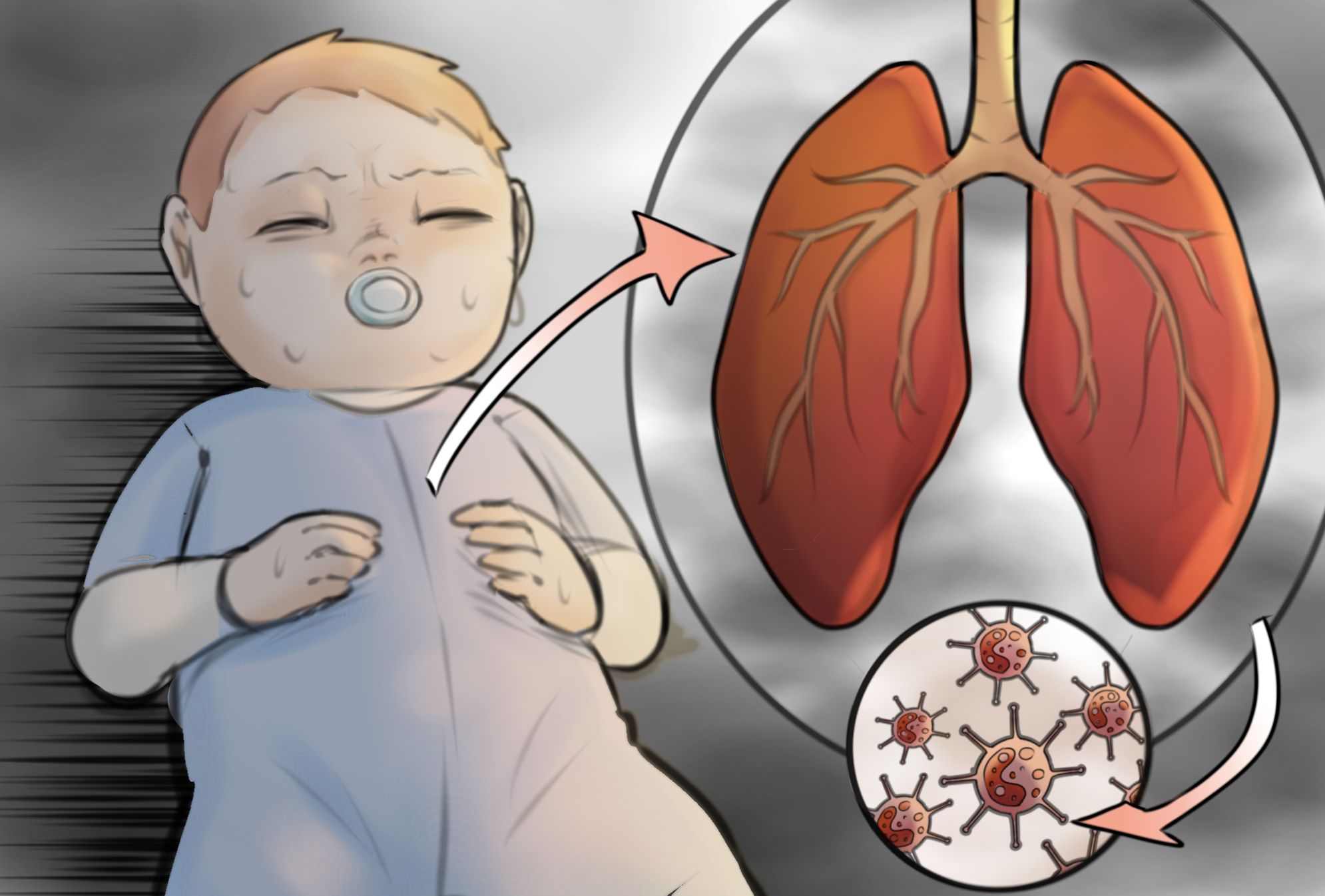Campus Queries: What is Groundhog Day, and does science support its predictions?
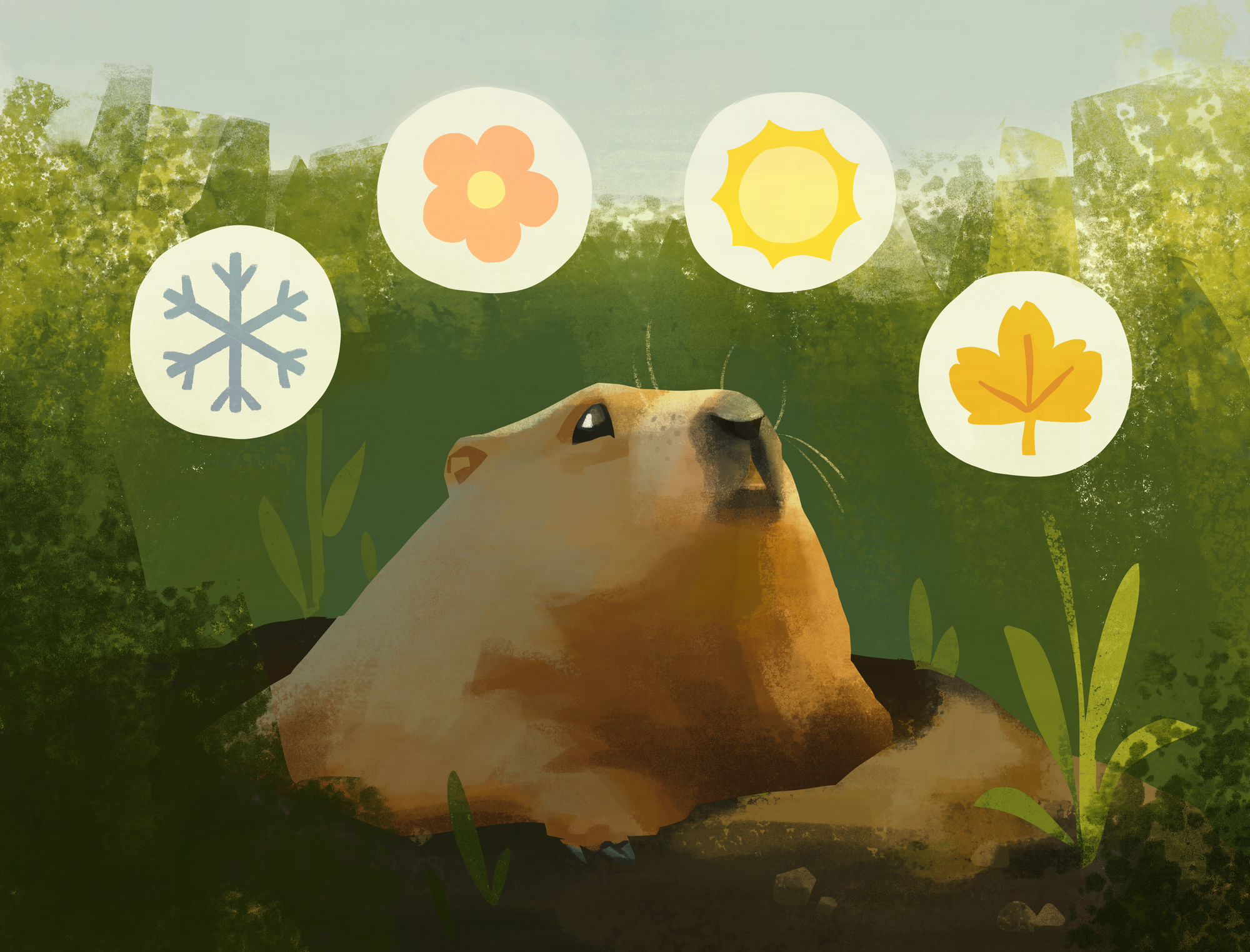
(Kaylen Ho/Daily Bruin)
By Kate Vedder
March 4, 2024 8:22 p.m.
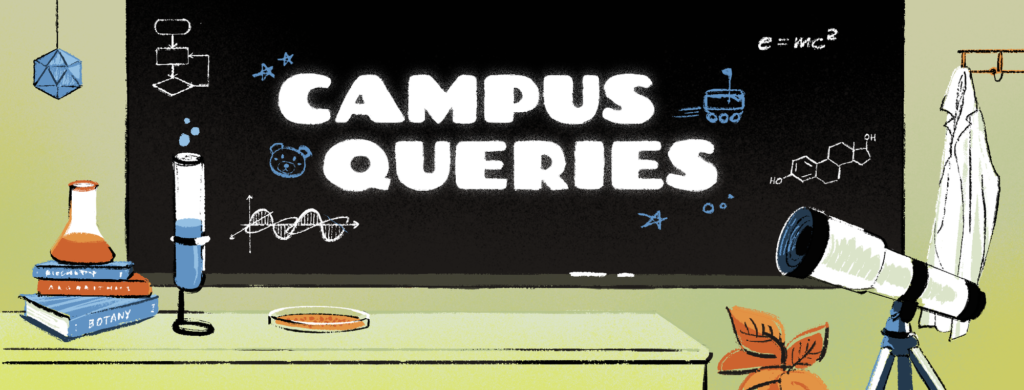
Campus Queries is a series in which Daily Bruin readers and staff present science-related questions for UCLA professors and experts to answer.
Q: What is Groundhog Day, and to what extent does scientific accuracy support its predictions?
A: Every Feb. 2, thousands wait with bated breath to see if Punxsutawney Phil will see his shadow – and every year, some of them are disappointed by the result.
Legends claim that if Phil sees his shadow on Groundhog Day, winter will persist, while the absence of a shadow means the arrival of an early spring.
The tradition traces back to a midwinter festival in pagan Europe honoring hedgehogs’ supposed ability to predict the changing seasons, said Daniel Blumstein, a professor of ecology and evolutionary biology. The pagan Europeans’ descendants in the United States looked for a similar American hibernating mammal, ultimately choosing groundhogs, which are part of the marmot genus, he said.
In theory, Blumstein said, being able to see a shadow indicates sunny conditions and high air pressure, which typically correlate with the continuation of winter, whereas cloudy and wet weather is associated with the onset of an early spring.
“It’s not just about the groundhog. It’s about animal behavior,” said Megan Edic, an ecology and evolutionary biology alumnus who previously worked in Blumstein’s lab. “That is really an amazing thing for ecologists – to have this little day that celebrates that.”
Groundhogs need to understand environmental cues that alert them to emerge from hibernation so they have adequate time to eat enough food to survive the following winter, Edic said.
Blumstein said marmots must be very tuned into their environments to maximize their time out of hibernation. He added that this is especially important in high alpine regions, where the growing seasons of the plants they eat are particularly short.
However, the groundhogs’ predictions are less reliable than one would anticipate based on chance, Blumstein said. According to Stormfax, Punxsutawney Phil has only been accurate 39% of the time since his first prediction in 1887.
While the holiday is mostly a superstition, it demonstrates a unique way that people have tried to gauge shifts in weather patterns, said Taylor Bastian, an ecology and evolutionary biology doctoral student in Blumstein’s lab.
Edic added that the climate crisis complicates matters, as environments are changing at such a rapid pace that animals struggle to keep up.
“I don’t know if I really trust Groundhogs Day as a celebration, as like, ‘OK, this is when spring is going to happen’ – but I trust the idea behind it: that the animals are tuned in with their environments,” Edic said.
Q: What are the typical seasonal behavior patterns exhibited by marmots, and in what ways have these patterns been affected by climate change?
A: Global warming has disrupted marmots’ seasonal behavior by altering the timing of winter’s onset, leading to extended periods without food and challenges in social interaction.
Blumstein’s lab is part of a larger collaboration led by the Rocky Mountain Biological Laboratory – nicknamed Team Marmot – which has been studying yellow-bellied marmots since 1962, making it the second-longest-running wild mammal study. Unlike bears, which wake up and eat during hibernation, yellow-bellied marmots enter about seven months of sleep, during which they slow their metabolism and lower their body temperature, Bastian said.
After waking up in April, the marmots reproduce before the snow melts and then raise their pups after the season changes, she added.
However, Edic said warmer climates and higher temperatures are causing the snow to melt sooner. The abnormal amounts of snow and irregular seasonal lengths affect marmots’ fitness, health and ability to interact socially, Bastian said.
Longer winters, on the other hand, can drain the yellow-bellied marmots’ energy levels as they emerge from hibernation with minimal body fat, Bastian added.
Blumstein said this also influences phenology – or biological seasonal events – such as when marmots emerge from hibernation, birds breed and flowers bloom.
“Organisms don’t live divorced from other organisms. They live in a complex network of interspecific relationships,” he said. “When things get mismatched, that could cause problems.”
Evidence shows that marmots can adapt quickly to environmental differences, Blumstein said. However, Edic said temperatures are rising too fast for the animals to adjust.
There are some benefits to having a shorter hibernation period, Edic said, adding that though waking up when the snow is still thick increases the duration marmots can last without food, extended summers also allow for more time to eat and build up fat reserves.
But Bastian said the varying snow ultimately disrupts the marmots’ ability to interact normally. Yellow-bellied marmots used to not emerge from hibernation until May, but since the 1980s, they have been emerging almost a full month earlier, Blumstein said.
“If you come out of winter and there’s still snow on the ground for a long, long time, … you’ll see a lot of mortality,” Bastian said.
Aside from climate change, Blumstein said several marmot species are endangered because of hunting, the use of their fat as an arthritis treatment and displacement by humans.
Edic added that preserving animals’ natural terrain and reducing habitat fragmentation, such as by limiting urban sprawl, will help protect marmots in the future.
“What saves species is habitat and connectivity between habitat – and time to allow them to respond and adapt,” she said. “And then, of course, all the climate initiatives we can throw at our society to try and reduce the global warming that we’re seeing.”



